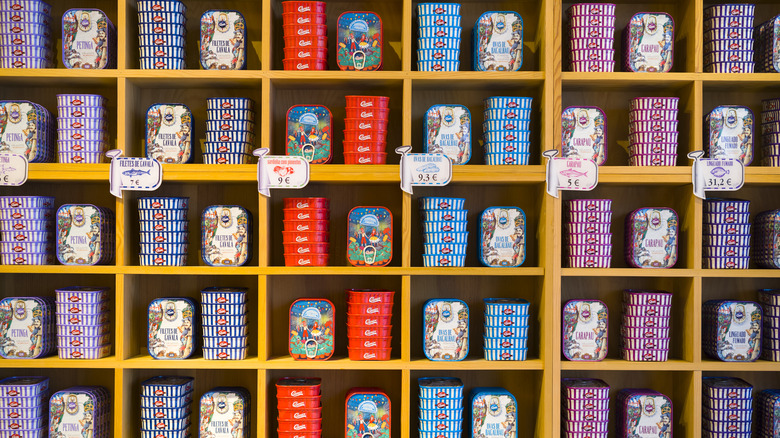The European Delicacy Andrew Zimmern Thinks Foodies Should Rediscover
Andrew Zimmern is best known as the host of Travel Channel's "Bizarre Foods" and MSNBC's "What's Eating America," a five-episode docuseries exploring America's political and social issues, such as climate change and immigration, examined through the lens of food. The show was created by Intuitive Content, where Zimmern is both the founder and CEO. With four James Beard Awards, a few cookbooks, and an Emmy, the celebrity chef has used food as a cultural bridge while advocating acceptance and tolerance. Per his website, in a world often defined by our differences, Zimmern uses food to show how similar we all are.
Zimmern has brought obscure food, like the delicacy hutia, to families worldwide. Hutia, a giant jungle rat rivaling the ROUSs (Rodents of Unusual Size) of "The Princess Bride," was roasted whole in a segment from Cuba. Zimmern's amiable personality makes him equally liked by all family members, including some college-goers who have started a drinking game, taking a shot each time he says "interesting" on his "Bizarre Foods" show (via Bullz-Eye).
Zimmern travels the world bringing new foods to the masses, but equally as interesting are the non-food segments, which draw parallels between our different cultures. Subscribers of Zimmern's blog, "Spilled Milk," are both enlightened and amused weekly on topics important to Zimmern, ranging from voter rights to learning what the "flat" is in chicken wing lingo. The chef's candor about his substance abuse and his inspiration for Monday night's dinner is why fans keep going back.
European conservas
In a recent post, Zimmern talks about conservas, food that is preserved in a can, such as pickles, jams, or fish. These beautiful tins are a staple in European pantries but are maligned in the states for a good reason. Aside from tuna, American homes haven't embraced this often less expensive meal choice. The reason may be in how the fish is commercially processed. According to Zimmern, in the U.S., tinned seafood is fully cooked multiple times, drying out the fish and making it necessary to layer on the mayo for some moisture. This twice-cooked method is also responsible for the offensive fishy smell.
By contrast, European conservas are packed raw and bathed in olive oil. Once the tin is sealed, it's heated and pressurized, preserving the fish and its integrity. Conservas are the star of the plate in recipes like Nicoise salad and Italian tonnato. Since the fish is packed in a tasty sauce or olive oil, cooking isn't necessary (just some crusty bread and a glass of wine to make a meal).
The selection of fish found in conservas is much broader in Europe. You'll see the usual suspects like tuna and salmon, but also octopus, sea urchin caviar, and baby eel (via The Manual). With temperatures about to skyrocket, keeping the oven off and creating an antipasto for dinner highlighting different conservas straight out of the can sounds glorious. Conservas can be found in supermarkets, specialty food stores, and online.

